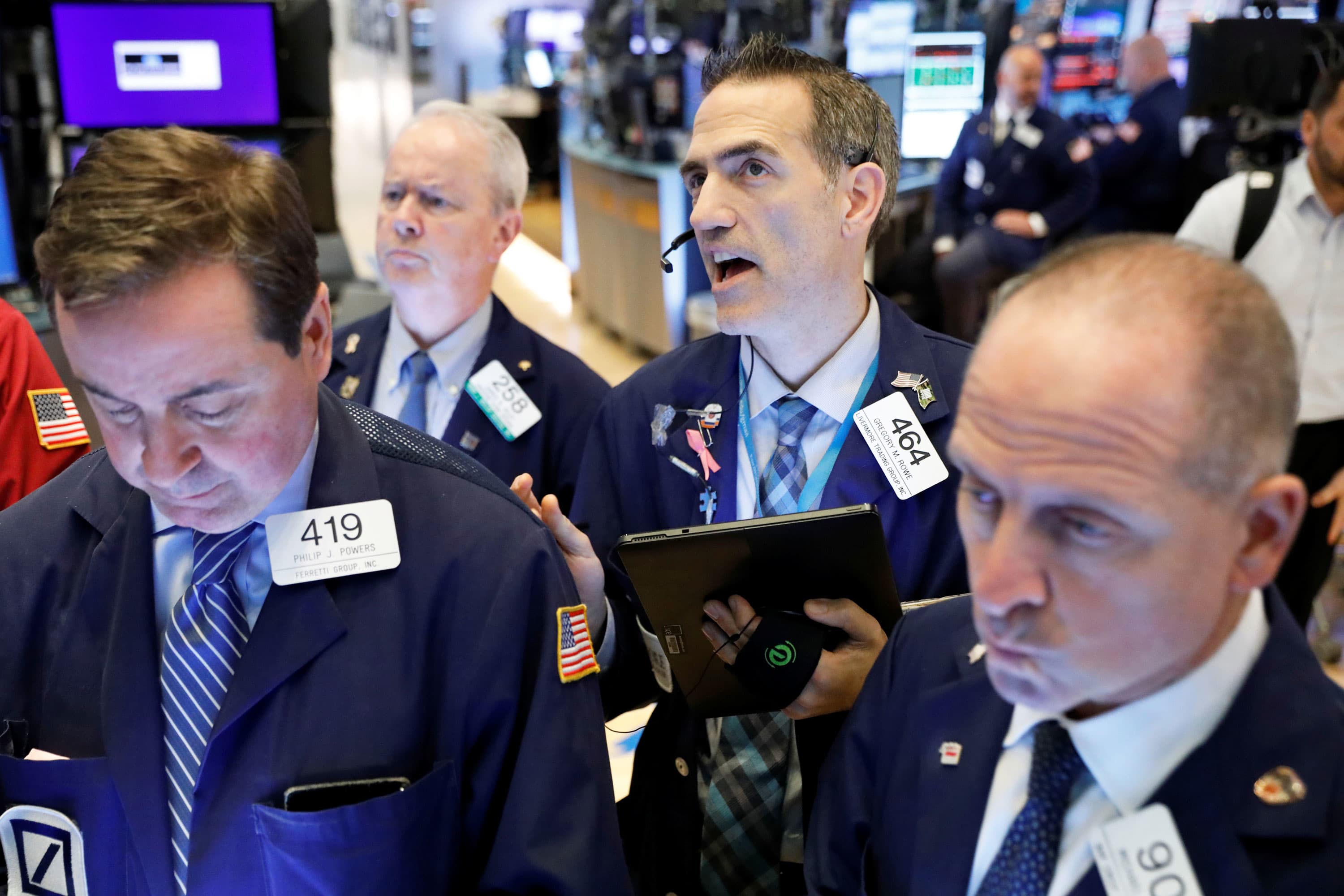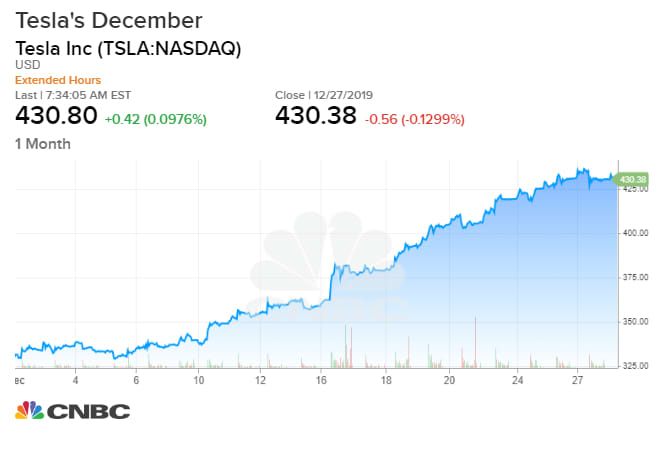On Dec. 20, President Trump signed into law the awkwardly named Setting Every Community Up for Retirement Enhancement Act (Secure Act). The new law is mainly intended to expand opportunities for individuals to increase their retirement savings. But it also includes one big anti-taxpayer change that will send some financially comfortable folks and their estate planners reeling. The Secure Act includes some other important tax changes that have nothing to do with retirement.
In several installments, MarketWatch will cover the changes that are most likely to affect individuals and small businesses.
No more age restriction on traditional IRA contributions
Before the Secure Act, you could not make contributions to a traditional IRA for the year during which you reached age 70 1/2 or any later year. (There’s no age restriction on Roth IRA contributions, and the Secure Act does not change that.)
New law: For tax years beginning after 2019, the Secure Act repeals the age restriction on contributions to traditional IRAs. So, for tax years beginning in 2020 and beyond, you can make contributions after reaching age 70½. That’s the good news.
Key point: The deadline for making a contribution for your 2019 tax year is April 15, 2020, but you cannot make a contribution for 2019 if you were age 70 1/2 or older as of Dec. 31, 2019. Thanks to the new law, you can make contributions for tax year 2020 and beyond.
Side effect for IRA qualified charitable distributions
After reaching age 70 1/2, you can make qualified charitable contributions of up to $100,000 per year directly from your IRA(s). These contributions are called qualified charitable distributions, or QCDs. Effective for QCDs made in a tax year beginning after 2019, the $100,000 QCD limit for that year is reduced (but not below zero) by the aggregate amount of deductions allowed for prior tax years due to the aforementioned Secure Act change. In other words, deductible IRA contributions made for the year you reach age 70 1/2 and later years can reduce your annual QCD allowance.
New age-72 start date for required minimum distributions from IRAs and retirement plans
Before the Secure Act, the initial required minimum distributions was for the year you turned age 70 1/2. You could postpone taking that initial payout until as late as April 1 of the year after you reached the magic age.
You generally must begin taking annual required minimum distributions (RMDs) from tax-favored retirement accounts (traditional IRAs, SEP accounts, 401(k) accounts, and the like) and pay the resulting income tax hit. However, you need not take RMDs from any Roth IRA(s) set up in your name.
Before the Secure Act, the initial RMD was for the year you turned age 70 1/2. You could postpone taking that initial payout until as late as April 1 of the year after you reached the magic age. If you chose that option, however, you must take two RMDs in that year: one by the April 1 deadline (the RMD for the previous year) plus another by Dec. 31 (the RMD for the current year). For each subsequent year, you must take another RMD by Dec. 31. Under an exception, if you’re still working as an employee after reaching the magic age and you don’t own over 5% of the outfit that employs you, you can postpone taking RMDs from your employer’s plan(s) until after you’ve retired.
New law: The Secure Act increases the age after which you must begin taking RMDs from 70 1/2 to 72. But this favorable development only applies to folks who reach 70 1/2 after 2019. So, if you turned 70 1/2 in 2019 or earlier, you’re unaffected. But if you will turn 70 1/2 in 2020 or later, you won’t need to start taking RMDs until after attaining age 72. As under prior law, if you’re still working after reaching the magic age and you don’t own over 5% of the employer, you can postpone taking RMDs from your employer’s plan(s) until after you’ve retired.
Key point: If you turned 70 1/2 in 2019 and have not yet taken your initial RMD for that year, you must take that RMD, which is for the 2019 tax year, by no later than 4/1/20 or face a 50% penalty on the shortfall. You must then take your second RMD, which is for the 2020 tax year, by Dec. 31, 2020.
Now for the bad news
Stricter rules for post-death required minimum distributions curtail ‘Stretch IRAs’: The Secure Act requires most non-spouse IRA and retirement plan beneficiaries to drain inherited accounts within 10 years after the account owner’s death. This is a big anti-taxpayer change for financially comfortable folks who don’t need their IRA balances for their own retirement years but want to use those balances to set up a long-term tax-advantaged deal for their heirs.
Before the Secure Act, the required minimum distribution (RMD) rules allowed you as a non-spouse beneficiary to gradually drain the substantial IRA that you inherited from, say, your grandfather over your IRS-defined life expectancy.
For example, say you inherited Grandpa Dave’s $750,000 Roth IRA when you were 40 years old. The current IRS life expectancy table says you have 43.6 years to live. You must start taking annual RMDs from the inherited account by dividing the account balance as of the end of the previous year by your remaining life expectancy as of the end of the current year.
So, your first RMD would equal the account balance as of the previous year-end divided by 43.6, which would amount to only 2.3% of the balance. Your second RMD would equal the account balance as of the end of the following year divided by 42.6, which translates to only 2.35% of the balance. And so, on until you drain the inherited Roth account.
As you can see, the pre-Secure Act RMD regime allowed you to keep the inherited account open for many years and reap the tax advantages for those many years. With an IRA, this is called the “Stretch IRA” strategy. The Stretch IRA strategy is particularly advantageous for inherited Roth IRAs, because the income those accounts produce can grow and be withdrawn federal-income-tax-free. So, under the pre-Secure Act rules, a Stretch Roth IRA could give you some protection from future federal income tax rate increases for many years. That’s the upside.
This development will have some well-off folks and their estate planning advisers scrambling for months (at least) to react.
Unfortunately, the Secure Act’s 10-year rule puts a damper on the Stretch IRA strategy. It can still work, but only in the limited circumstances when the 10-year rule does not apply (explained below). This development will have some well-off folks and their estate planning advisers scrambling for months (at least) to react. That’s especially true if you’ve set up a “conduit” or “pass-through” trust as the beneficiary of what you intended to be a Stretch IRA for your heirs.
Also see: Inheriting a parent’s IRA or 401(k). Here’s how the Secure Act could create a disaster
Key point: According to the Congressional Research Service, the lid put on the Stretch IRA strategy by the new law has the potential to generate about $15.7 billion in tax revenue over the next decade.
Effective date: The Secure Act’s anti-taxpayer RMD change is generally effective for RMDs taken from accounts whose owners die after 2019. The RMD rules for accounts inherited from owners who died before 2020 are unchanged.
Who is affected?
The Secure Act’s anti-taxpayer RMD change will not affect account owners who drain their accounts during their retirement years. And account beneficiaries who want to quickly drain inherited accounts will be unaffected. The change will only affect certain non-spouse beneficiaries who want to keep inherited accounts open for as long as possible to reap the tax advantages. In other words, “rich” folks with lots of financial self-discipline.
The Secure Act’s anti-taxpayer RMD change also will not affect accounts inherited by a so-called eligible designated beneficiary. An eligible designated beneficiary is: (1) the surviving spouse of the deceased account owner, (2) a minor child of the deceased account owner, (3) a beneficiary who is no more than 10 years younger than the deceased account owner, or (4) a chronically-ill individual (as defined).
If your grandfather dies in 2020 or later, you can only keep the big Roth IRA that you inherit from him open for 10 years after his departure.
Under the exception for eligible designated beneficiaries, RMDs from the inherited account can generally be taken over the life or life expectancy of the eligible designated beneficiary, beginning with the year following the year of the account owner’s death. Same as before the Secure Act.
So, the Stretch IRA strategy can still work for an eligible designated beneficiary, such as an account owner’s much-younger spouse or recently born tot. Other non-spouse beneficiaries (such as an adult child, grandchild, niece or nephew) will get slammed by the new 10-year account liquidation requirement. So, if your grandfather dies in 2020 or later, you can only keep the big Roth IRA that you inherit from him open for 10 years after his departure. Bummer!
10-year rule specifics: When it applies, the new 10-year rule generally applies regardless of whether the account owner dies before or after his or her RMD required beginning date (RBD). Thanks to another Secure Act change explained earlier, the RMD rules do not kick in until age 72 for account owners who attain age 70 1/2 after 2019. So, the RBD for those folks will be April 1 of the year following the year they attain age 72.
Following the death of an eligible designated beneficiary, the account balance must be distributed within 10 years.
When an account owner’s child reaches the age of majority under applicable state law, the account balance must be distributed within 10 years after that date.
The bottom line: As you can see, the Secure Act includes both good and bad news for folks who don’t enjoy paying taxes. The new law includes more important tax changes that I’ve not covered here.
3 examples of new RMD rules for non-spousal retirement account beneficiaries
Example 1: Harold dies in 2020 and leaves his IRA to designated beneficiary Hermione, his sister, who was born eight years after Harold. Hermione is an eligible designated beneficiary. Therefore, the balance in the inherited IRA can be paid out over her life expectancy. If Hermione dies before the account is exhausted, the remaining balance must be paid out within 10 years after her death.
Example 2: Ingrid dies in 2020 and leaves her IRA to designated beneficiary Ignacio, her brother, who was born 12 years after Ingrid. Ignacio is not an eligible designated beneficiary because he is more than 10 years younger than Ingrid. The balance in the inherited IRA must be paid out within 10 years after Ingrid’s death.
Example 3: Jerry dies in 2020 at age 85. He lives his $2 million Roth IRA to his 24-year-old spouse Jasmine. Since Jasmine is an eligible designated beneficiary, the new 10-year rule does not apply to her. As a surviving spouse, she can retitle the inherited Roth account in her own name. Then she will not have to take any RMDs for as long as she lives. So, this is a situation where the Stretch IRA strategy still works well (although not quite as well as before the Secure Act for reasons that are too complicated to explain here).
Example 4: Kendrick dies on Dec. 15, 2019. He left his IRA to designated beneficiary Kelli, his beloved niece, who is 30 years younger than Kendrick. Because Kendrick died before 2020, the balance in the inherited IRA can be paid out over Kelli’s life expectancy under the pre-Secure Act RMD rules. If Kelli dies on or after 1/1/20, the balance in the IRA must be paid out to her designated beneficiary or beneficiaries or the heir(s) who inherit the account within 10 years after Kelli’s death.
More from the Tax Guy
Let's block ads! (Why?)
https://news.google.com/__i/rss/rd/articles/CBMif2h0dHBzOi8vd3d3Lm1hcmtldHdhdGNoLmNvbS9zdG9yeS9zZWN1cmUtYWN0LWluY2x1ZGVzLW9uZS1jcml0aWNhbC10YXgtY2hhbmdlLXRoYXQtd2lsbC1zZW5kLWVzdGF0ZS1wbGFubmVycy1yZWVsaW5nLTIwMTktMTItMzDSAU9odHRwczovL3d3dy5tYXJrZXR3YXRjaC5jb20vYW1wL3N0b3J5L2d1aWQvOTNDMEY1QjQtMkFFRi0xMUVBLUJFOEEtQkYwNDIwNjhEQUQ3?oc=5
2019-12-30 14:07:00Z
52780518904052
















